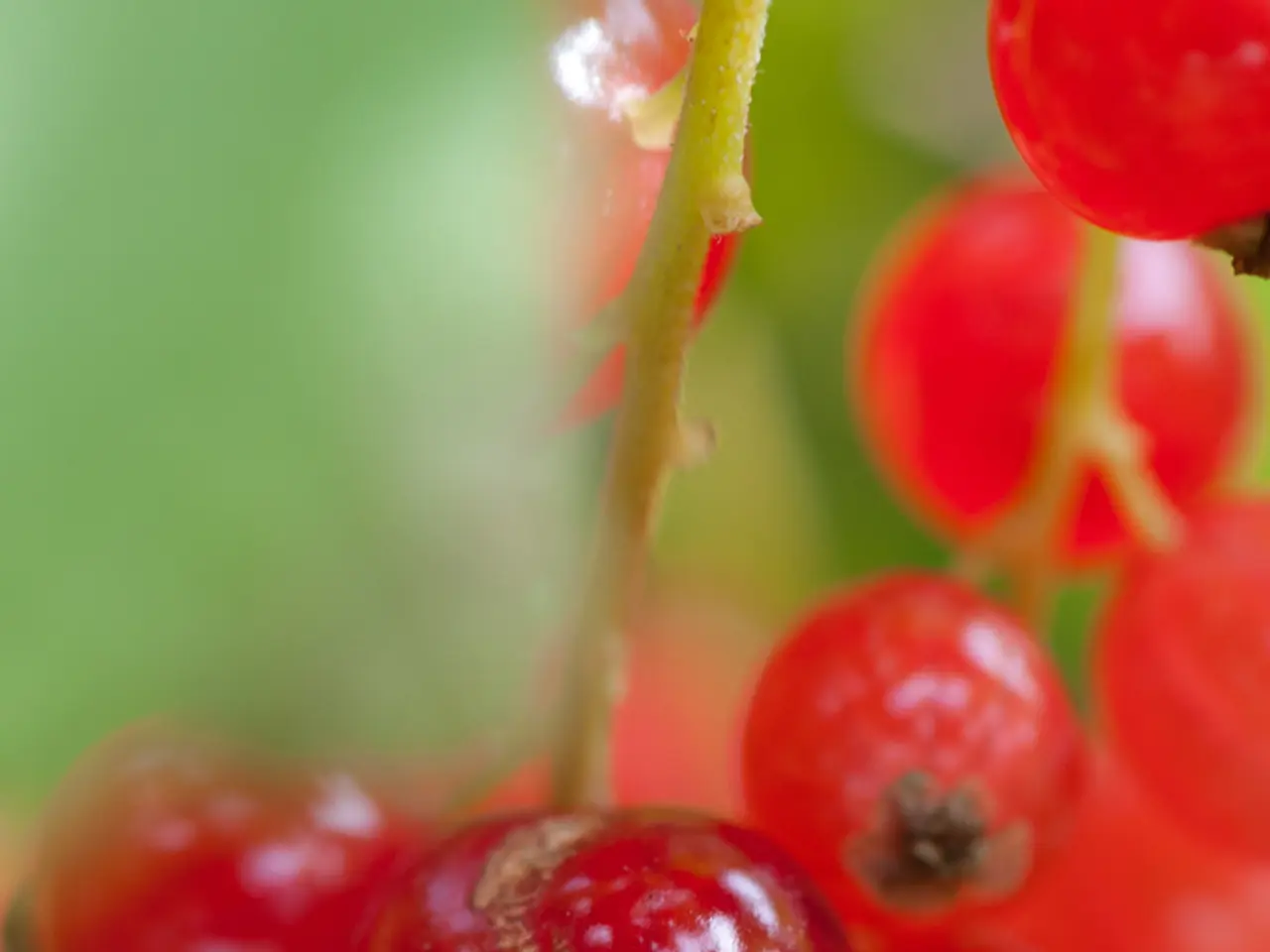Enhanced Fertilization Techniques for Enhanced Cherry Production
### Title: Enhancing Cherry Tree Growth: A Guide to Optimal Fertilization Practices
Cherry trees are a delightful addition to any garden, offering vibrant blooms and succulent fruits. To ensure their growth and productivity, it's essential to pay attention to key nutrients, soil management, and timely application of fertilizers. Here's a guide to optimizing fertilization practices for cherry trees.
### Key Nutrients
1. **Nitrogen (N)**: Nitrogen is vital for leaf growth and overall tree health. However, excessive nitrogen can lead to lush foliage at the expense of fruiting. 2. **Phosphorus (P)**: Phosphorus plays a crucial role in root development and flower formation. It's less soluble, so incorporating methods like digging small holes can help ensure it reaches the roots effectively. 3. **Potassium (K)**: Potassium is important for fruit development and resistance to disease. A balanced fertilizer should provide these macronutrients. 4. **Other Micronutrients**: Boron, magnesium, and calcium are also essential for fruit production and tree health.
### Soil Management
1. **Soil pH**: Maintain a slightly acidic to neutral pH, ideally between 6.0 and 7.0. This range supports optimal nutrient uptake. 2. **Organic Matter**: Organic matter, such as compost or well-rotted manure, can enhance soil fertility and structure. These amendments provide slow-release nutrients and improve soil health. 3. **Soil Testing**: Regularly test soil to determine nutrient deficiencies and adjust fertilization accordingly.
### Timely Application and Methods
1. **Application Timing**: Apply fertilizers in early spring, allowing nutrients to be available during the growing season. 2. **Fertilizer Types**: Use balanced granular fertilizers for a broad nutrient profile. For less soluble nutrients like phosphorus, consider methods like digging holes to ensure they reach the roots. 3. **Foliar Applications**: During mid-season deficiencies, consider foliar sprays for a quick nutrient boost. This method can rapidly correct nutrient imbalances without overfertilizing.
### Additional Tips
1. **Avoid Overfertilization**: Excessive fertilization can harm the tree and surrounding environment. Refrain from applying fertilizer within 5 feet of the lawn area under the tree's canopy. 2. **Pollination**: Ensure adequate pollination by planting multiple cherry tree varieties if they are not self-fruitful. Create a bee-friendly environment to enhance pollination.
By following these strategies, you can optimize fertilization for cherry trees, leading to healthier trees and increased fruit yield. Organic methods often lead to better fruit quality, resulting in sweeter and more flavorful cherries. Mulching around the base of the tree helps retain moisture, and cherry trees prefer slightly acidic to neutral soil (around pH 6.0 to 7.0). Organic fertilizers are less likely to harm the environment compared to chemical alternatives. Testing the soil regularly helps in understanding the nutrients required by cherry trees. In spring, apply fertilizers to boost growth as trees wake up, while in fall, fertilize to prepare for winter dormancy. Using products like bone meal, blood meal, or fish emulsion for organic fertilizers provides a balanced nutrient supply over time. Potassium boosts overall tree health and fruit quality, while nitrogen promotes leaf growth. Applying fertilizers high in the mentioned nutrients is crucial for cherry tree growth, with granular fertilizer (10-10-10) being suitable for general growth and health, and fruit tree fertilizer (5-10-10) boosting fruit production.
Enhancing the quality of cherry fruits and improving the overall lifestyle in a home-and-garden setting can be achieved by implementing optimal fertilization practices for cherry trees. By adhering to the recommended soil management, timely application of nutrients, and the use of balanced organic fertilizers, gardeners can cultivate healthier and more productive cherry trees, ultimately leading to sweeter and more flavorful cherries.



